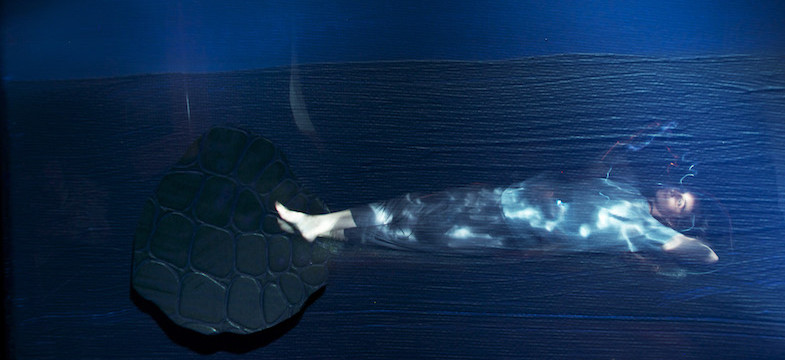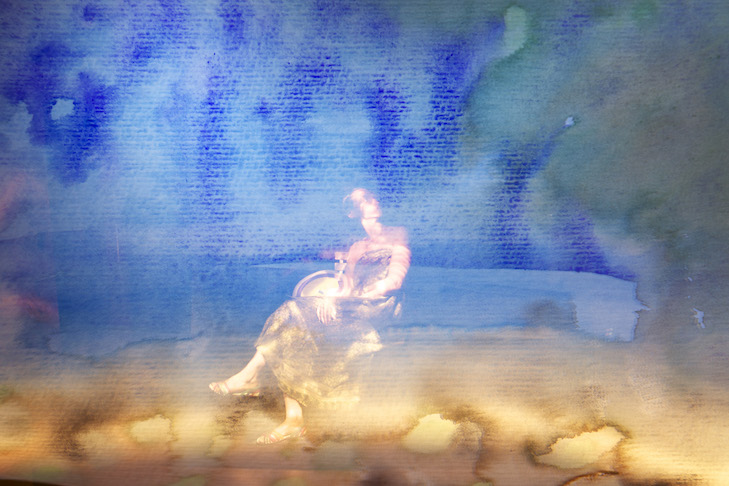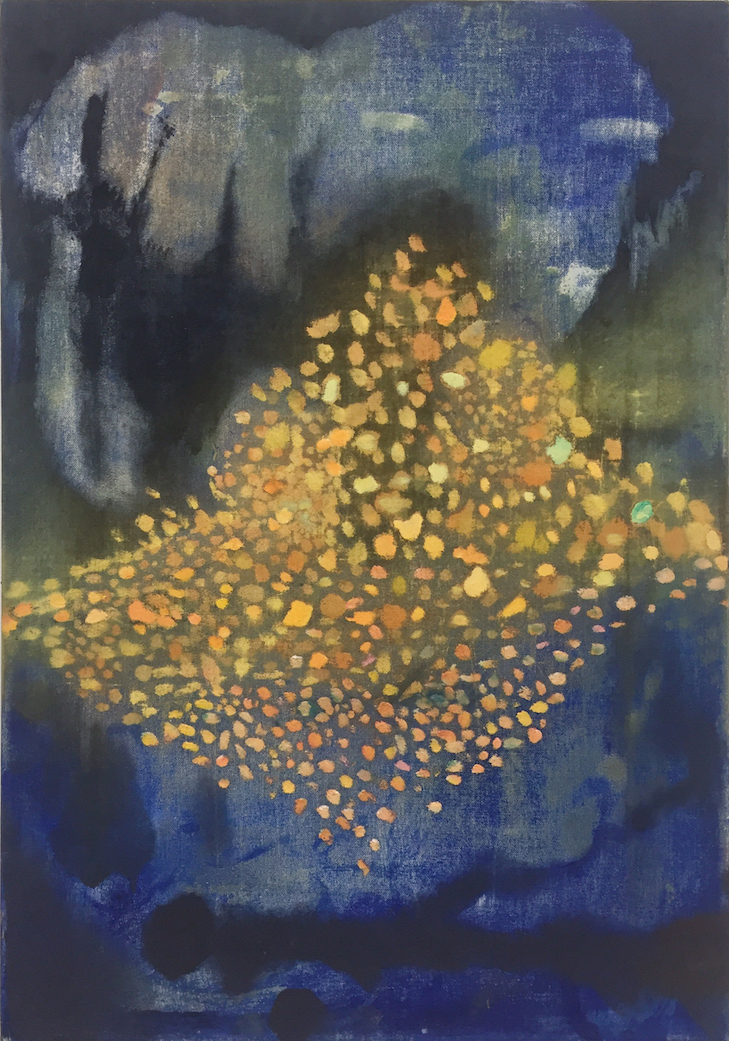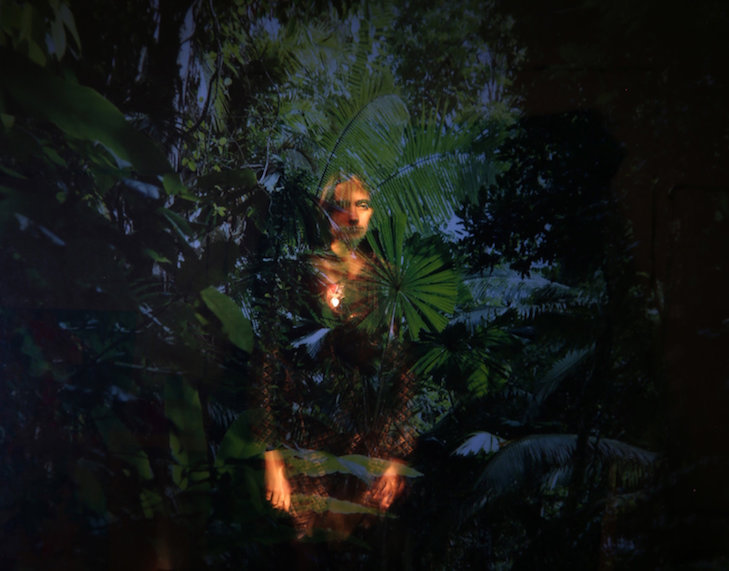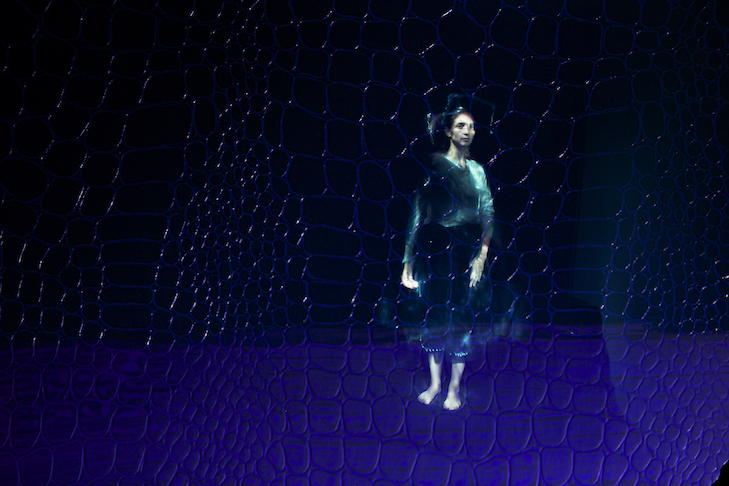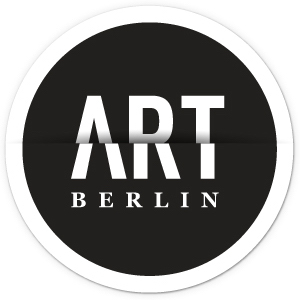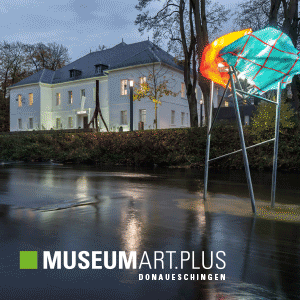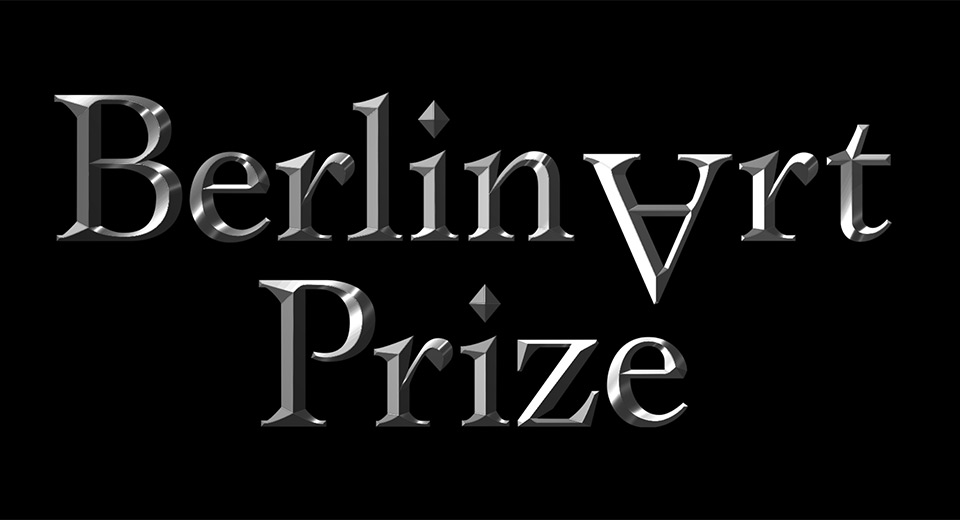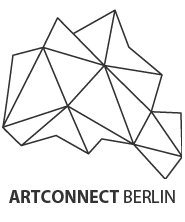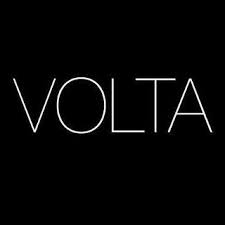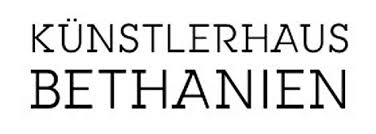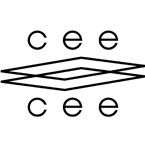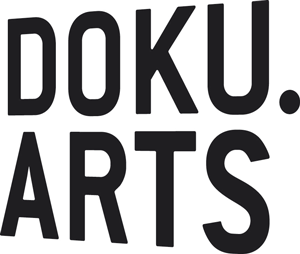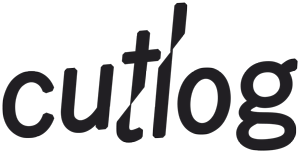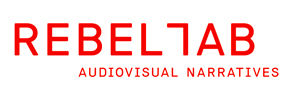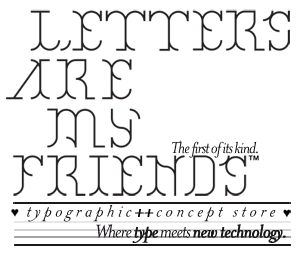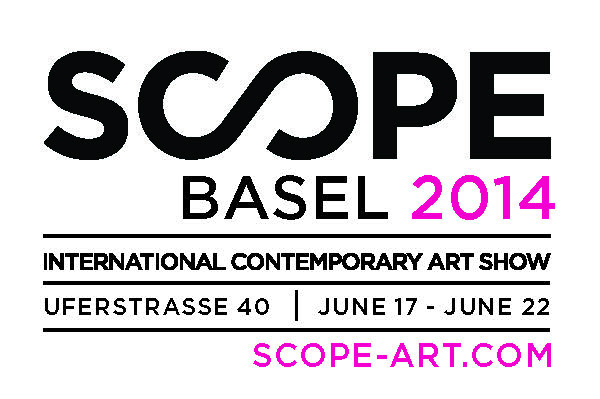Most recent our interview with Adam Lee and the strong effect his works such as Tabernacle
had, while writing about them.
So when we learned that Daphna will offer free portrait reading during Berlin Art Week, we thought it an ideal time to talk about her view on this subject. But let´s first really define the concept of Mysticism. To quote Wikipedia:
Mysticism is popularly known as becoming one with God or the Absolute, but may refer to any kind of ecstasy or altered state of consciousness which is given a religious or spiritual meaning. It may also refer to the attainment of insight in ultimate or hidden truths, and to human transformation supported by various practices and experiences.
Daphna, first please tell us about yourself. How would you describe your profession?
I was born in Israel and today I live with my family in Berlin.
I am trained as an expressive arts therapist and I am an artist but my interest is in a new definition that stands between these two fields. The method I work in has therapeutic elements and it holds the structure and principles of the expressive arts therapy theory but as I participate as an artist in the process and facilitate a self inquiry experience it does not fit into the classical definitions of therapist or artist.
I see the art as something that is invited into the room and does not come only from a person’s emotional world.
I have different types of fields I work in, for example my next two projects taking place after the Berlin Art Week. I will be giving a workshop in a past life regression therapy school and taking part in a research that is aimed at helping youth trainers in learning new ways to get themselves and the people they work with out of a feeling of being stuck.
You are offering portrait reading during Berlin Art Week. Can you explain the process and it´s benefit in your experience for the people doing it?
For the portrait reading I am inviting people to the REAL DREAM studio, as it is in a participatory art context, I can have more artistic freedom and at the same time keep the experience of the participants at the center. The name portrait reading relates to a participatory long exposure photographic portrait experience. I guide people into a step by step process where my artistic action is to photograph them in the darkness and meanwhile they write, draw and connect to a narrative. And so, the session revolves around making a portrait as a process that leads to personal insights.
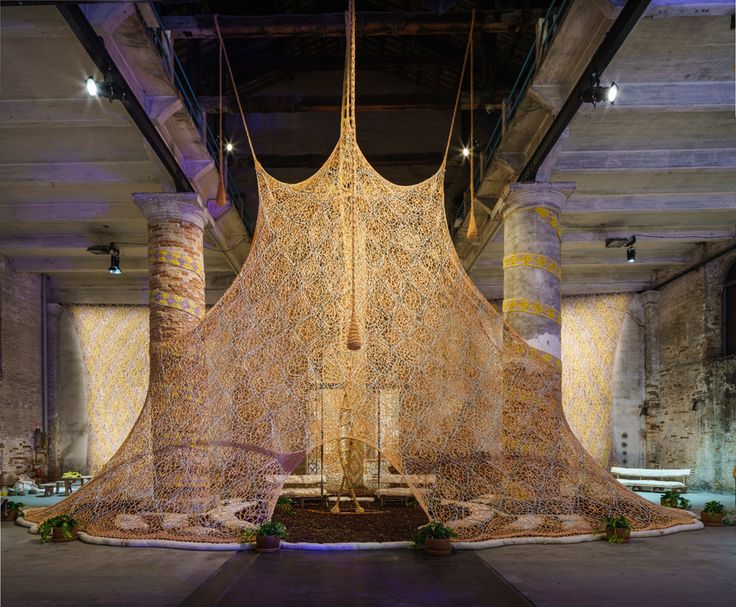
Ernesto Neto, Um Sagrado Lugar (A Sacred Place) (2017). Courtesy of La Biennale di Venezia; photograph: Andrea Avezzù.
Recently there can be read a lot about artists returning to mysticism, at the Venice biennale there was the Pavilion of the Shamans. What is your opinion regarding this movement?
I see this movement as a general shift, where people are becoming more interested in experimenting with expanding their awareness through meditation or through psychedelic and shamanic practices.
When people today turn to these practices they do so by looking for a way to heal themselves and expend their reality view. They open to different ways of receiving knowledge in a non-lineal way with images and stories that come out of an unknown source. I believe that people have a lot of information that they can access when they find the right situation to do so.
I feel this movement of artists turning to mysticism is not only optimistic but inevitable.
Has there been a special moment or result during one of these sessions you especially remember?
When I am asked to write about a case study I have a difficult time sharing the work as I feel it is personal for clients, and even though it might be meaningful I would not like to present it as a result, it is more like a special chapter in a book.
REAL DREAM STUDIO | Prenzlauer Allee 20, 10405 Berlin | realdream
Daphna Saker Massey is opening her Real Dream studio for the duration of the Berlin Art Week 13th-17th of September. The studio will be open for visitors between 14h -17h every afternoon, the first one to register each day will have a free portrait reading session that evening, at the end of opening hours.

